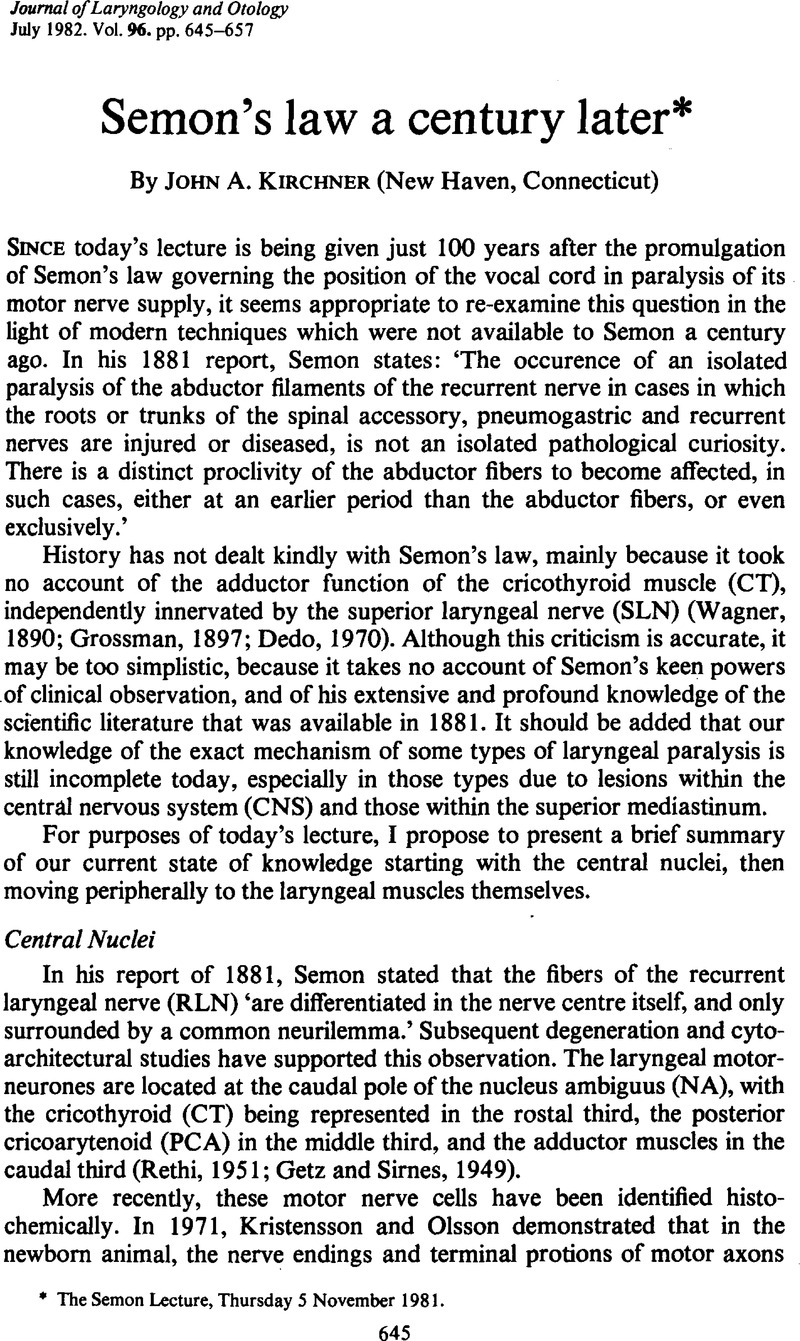Crossref Citations
This article has been cited by the following publications. This list is generated based on data provided by Crossref.
Croft, C B
McKelvie, P
Fairley, J W
Hol-Allen, R T J
and
Shaheen, O
1986.
Treatment of Paralysis of the Vocal Cords: A Review.
Journal of the Royal Society of Medicine,
Vol. 79,
Issue. 8,
p.
473.
Hanson, David G.
1991.
Neuromuscular Disorders of the Larynx.
Otolaryngologic Clinics of North America,
Vol. 24,
Issue. 5,
p.
1035.
Stockley, Malcolm D.
1991.
Voice Disorders and their Management.
p.
259.
Guntinas-Lichius, Orlando
and
Sittel, Christian
2009.
Surgery of Larynx and Trachea.
p.
257.
Volk, Gerd Fabian
Hagen, Rudolf
Pototschnig, Claus
Friedrich, Gerhard
Nawka, Tadeus
Arens, Christoph
Mueller, Andreas
Foerster, Gerhard
Finkensieper, Mira
Lang-Roth, Ruth
Sittel, Christian
Storck, Claudio
Grosheva, Maria
Kotby, M. Nasser
Klingner, Carsten M.
and
Guntinas-Lichius, Orlando
2012.
Laryngeal electromyography: a proposal for guidelines of the European Laryngological Society.
European Archives of Oto-Rhino-Laryngology,
Vol. 269,
Issue. 10,
p.
2227.
Volk, Gerd Fabian
and
Guntinas-Lichius, Orlando
2018.
Neurolaryngology.
p.
1.
Babu, R. Dayananda
and
Paul, Deepak
2022.
Laryngeal Nerves and Voice Change in Thyroid Surgery.
Indian Journal of Surgical Oncology,
Vol. 13,
Issue. 1,
p.
99.
Guntinas-Lichius, Orlando
Müller, Andreas H.
and
Sittel, Christian
2022.
Textbook of Surgery of Larynx and Trachea.
p.
301.
Leo, Jonathan
2022.
Clinical Anatomy and Embryology.
p.
3.
Leo, Jonathan
2023.
Clinical Anatomy and Embryology.
p.
3.





